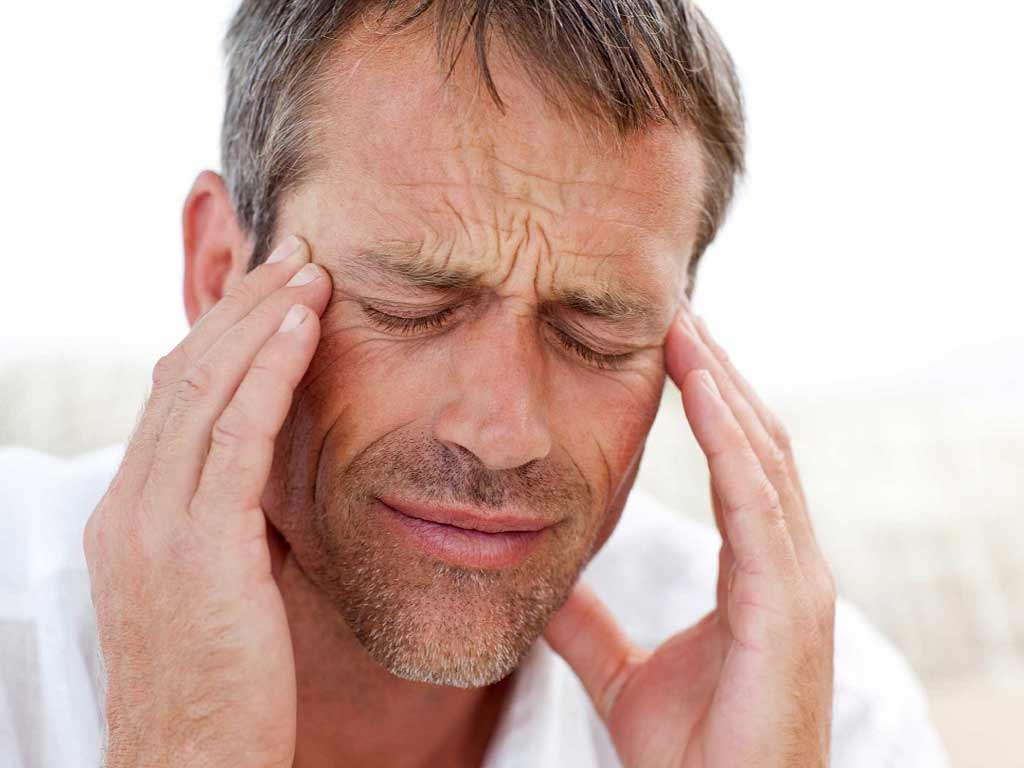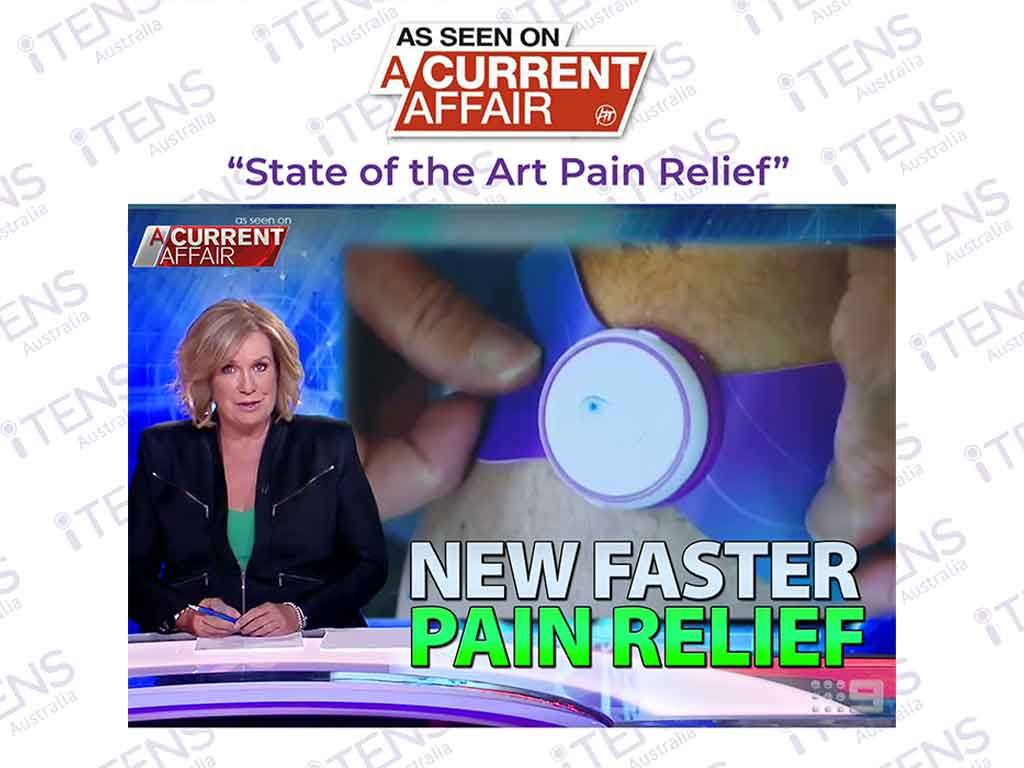
Throbbing pain on one side of the head, accompanied by nausea and weakness, are the typical symptoms of migraine. In addition, people with migraine experience a pulsing sensation in the head. However, it lasts longer than a regular headache. To relieve pain, many now use a TENS machine for migraine as an alternative to medicines. Using a TENS machine is easy by placing the electrodes on either side of the cervical spine using modulated frequencies.
Transcutaneous Electrical Nerve Stimulation (TENS) is a type of electrotherapy that targets the sensory nerves to relieve pain. It works by blocking the pain signals from reaching the brain and triggering the release of endorphins. Additionally, TENS therapy works for various types of pain. This article will focus on migraine and using a TENS machine for pain relief. It includes the TENS pad placement and safety guidelines.
TENS Machine for Migraine – Migraine Symptoms
A migraine attack is a neurological disorder involving throbbing sensations on one side of the head. In addition, it is a recurring type of headache that includes nausea, vomiting, and sensitivity to light and sound. Therefore, understanding migraine progression can help manage the symptoms when the attacks happen. Fortunately, a TENS machine for migraine is useful at the onset of pain. It is also a portable device allowing individuals access to instant pain relief anytime.
Migraines can happen once a year or more frequently. Chronic conditions occur with 2 to 4 headaches every month. Moreover, a single episode can last for 4 to 72 hours. It develops slowly and gradually changes into a more frequent headache pattern. If untreated, it can affect daily activities, including work, because of intense pain. Furthermore, the pain can develop from moderate to severe and transfer to the other side of the head.
The cause of migraine is unclear, but certain factors can trigger the attacks. However, they are thought to relate to chemical changes in the nerves and blood vessels in the brain. Moreover, other internal and external factors can trigger the attacks, including hormone changes, stress, anxiety, and change in sleep patterns. Caffeine, medications, and bright or flickering lights can also induce headaches. Thus, a TENS machine for migraine can help reduce pain intensity, prevent future episodes, and shorten the duration.
Stages of Migraine
- Prodrome – “preheadache” symptoms include irritability, excessive yawning, food cravings, fatigue, and muscle stiffness
- Aura – visual disturbances, vision loss, weakness or numbness in the body
- Headache or Attack – throbbing or pulsating pain on one side of the head
- Post-drome – confusion, tiredness, or elation
Some people do not go through all the stages.

Using a TENS Machine for Migraine
A TENS machine for migraine is an efficient and natural method for relieving pain. It is also safe to use, following the proper TENS usage guidelines. To start the treatment, place the electrode pads on either side of the cervical spine or the base of the neck. This pad placement stimulates the peripheral nerves that cause headaches. Next, turn on the device and set it at the lowest frequency and intensity levels.
Portable TENS devices like iTENS use low-voltage electrical pulses that are strong but painless. Therefore, it is safe for personal or home use without medical supervision. However, it is recommended to start at the lowest settings to avoid sudden shocks. Then, gradually increase it as the body adapts to the stimulation. Moreover, it should not cause contractions or further discomfort. Users may keep increasing the frequency until they reach the most effective pain-relieving level.
Using a TENS machine for migraine may take 20 to 60 minutes per session. People may apply TENS treatment for up to 60 minutes for acute attacks, while twenty minutes per day can help prevent chronic migraine. In addition, you can use a TENS machine several times a day when necessary. However, if you need longer treatment, it is vital to take at least a 20-minute break between sessions. Taking a break prevents overstimulation and allows the skin to rest.
TENS Machine Settings
The following are TENS machine settings:
- Pulse rate – the frequency of the electrical pulses travelling through the skin
- Pulse width – the duration between each pulse
Usage Guide:
- High frequency (80-100 Hz) and low to moderate intensity: quick effect
- Low frequency (2-10 Hz) and high intensity: long-lasting effect

TENS Machine for Migraine – Safety Guidelines
TENS therapy employs mild electrical pulses to stimulate the nearby nerves. Therefore, many ask if it is safe to use a TENS machine for migraine. TENS devices are proven safe for personal use. Nevertheless, like any electrical or medical device, users must follow guidelines for safe and effective use. Firstly, the correct TENS pad placement is crucial to achieving the desired results. For headaches and migraines, however, refrain from putting the electrodes directly on the head.
Experts do not generally advise placing TENS electrode pads on the temples or anywhere in the head due to a lack of studies on its safety and effects on the brain. Furthermore, avoid turning the frequency too high as it may cause muscle twitching or discomfort. Other areas to avoid are directly over the spine and joints. For back and joint pains, you may position the pads around the pain area.
Additionally, do not place a TENS machine for migraine on infected or broken skin, open wounds, and numb areas. It is also not advisable to use TENS while sleeping, driving, or operating machinery. Moreover, TENS have minimal side effects which may include redness or skin irritation. If this occurs, turn off the device and carefully remove the pads. Wait for a few minutes before reapplying the pads on alternate placement.
TENS Precautions and Conditions
Although TENS therapy is safe for everyone to use, doctors do not advise TENS therapy for those with:
- Heart conditions such as blood clots
- Epilepsy as the treatment may cause a seizure
- Pregnant women in their first trimester
- Cancer or areas with suspected cancer
- Electronic implants such as pacemakers and cardiac defibrillators.
Conclusion
Migraine attacks are painful conditions that may repeat multiple times over a month and persist for an extended time period. Many who suffer from migraines opt for over-the-counter medications and home treatments to manage these intense pains. However, some migraine incidences may be too intense and many may have allergic reactions to medications. As a result, a TENS machine for migraine can help individuals with chronic pain. It is an efficient pain relief method without lasting or adverse side effects.
With proper use, TENS is generally one of the safest available alternative options for managing and relieving migraines and other pain conditions. Using the gate control theory of pain management, an effective TENS machine can close the pain gates of the nervous system and reduce the pain stimuli from reaching the brain. Additionally, it aids in releasing endorphins which promotes well-being. Lastly, TENS devices are easy to use and help minimise regular visits to the doctor.




















